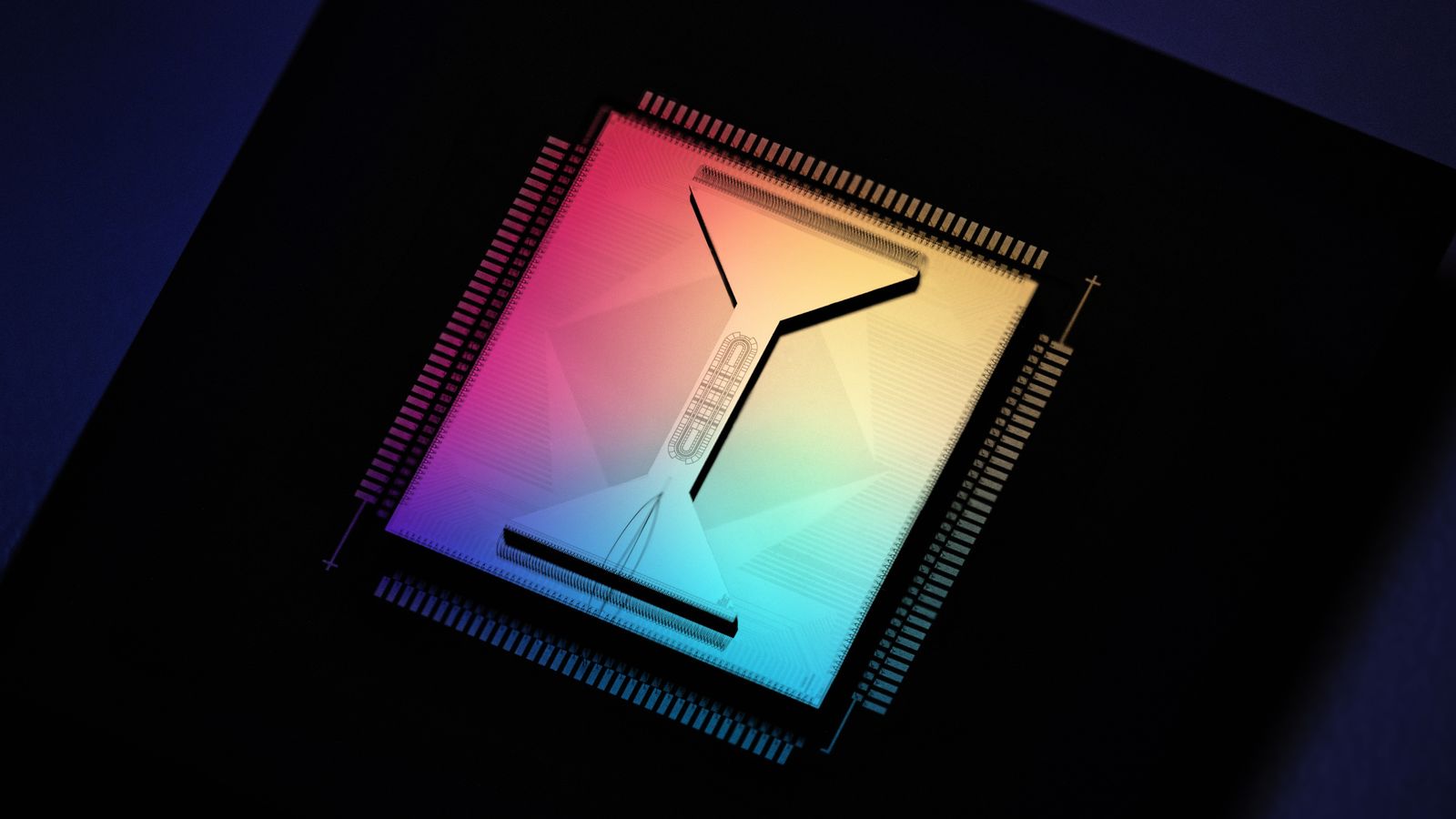A UK-based quantum computing firm claims to have harnessed an exotic form of sub-atomic matter for the first time, a feat they claim could revolutionise efforts to build machines infinitely more powerful than conventional computers.
Scientists with UK and US-based Quantinuum, along with collaborators at Caltech and Harvard, say they have not just produced but manipulated a strange new form of matter, non-Abelian anyons in order to perform a quantum calculation.
“We have discovered something that’s critical to allow people now to take heart and believe that this quantum computing paradigm is for real,” said Ilyas Khan, founder and chief product officer at Quantinuum.
The claimed breakthrough, which has yet to be formally reviewed by independent researchers, could offer an important new alternative approach to ways to build a “fault-tolerant” quantum computer.
So far the field of quantum computing has been dominated by Google, IBM and the Zuchongzhi quantum computer in China.
Their approaches use superconducting materials where information is encoded in the quantum positions of individual particles called “qubits”.
But progress towards quantum computers that rival conventional ones has been held back by the fact quantum particles can change state randomly and without warning – requiring huge amounts of error correction to be built into computer designs.
Non-Abelian anyons offer an entirely different approach – one that could theoretically reduce the need for error correction.
Like most things in the strange sub-atomic quantum world, non-Anbelian anyons are difficult to get your head around.
Read more:
Artificial intelligence: Powerful AI systems ‘can’t be controlled’
AI could have as ‘big an impact on jobs as the industrial revolution’
They are described as “quasi-particles” because they defy the rules by which conventional matter like protons, electrons and photons behave.
They only exist in two-dimensional space but, theorists have long predicted, can be produced under certain conditions like in the powerful electromagnetic fields or ultra-cold circuits of experimental quantum computers.
The new approach dispenses with qubits being associated with an individual particle, instead, they are distributed throughout a cloud of quasi-particles.
Similar, explains Kahn, to the difference between an individual bird flying through the sky, and a flock of birds moving in a coordinated way.
Click to subscribe to the Sky News Daily wherever you get your podcasts
Calculations can be carried out – at least in theory – by manipulating the movement of the cloud of quasi-particles.
This is something Quantiuum says it has now demonstrated using its H2 quantum processor which it has been developing in “stealth mode” for the last seven years.
Will this allow Quantiuum to leap ahead of the competition?
“I wouldn’t go out on a limb and say this is the approach that definitely wins,” said Prof Steven Simon, a physicist at the University of Oxford.
“But it puts them in the same league.”

